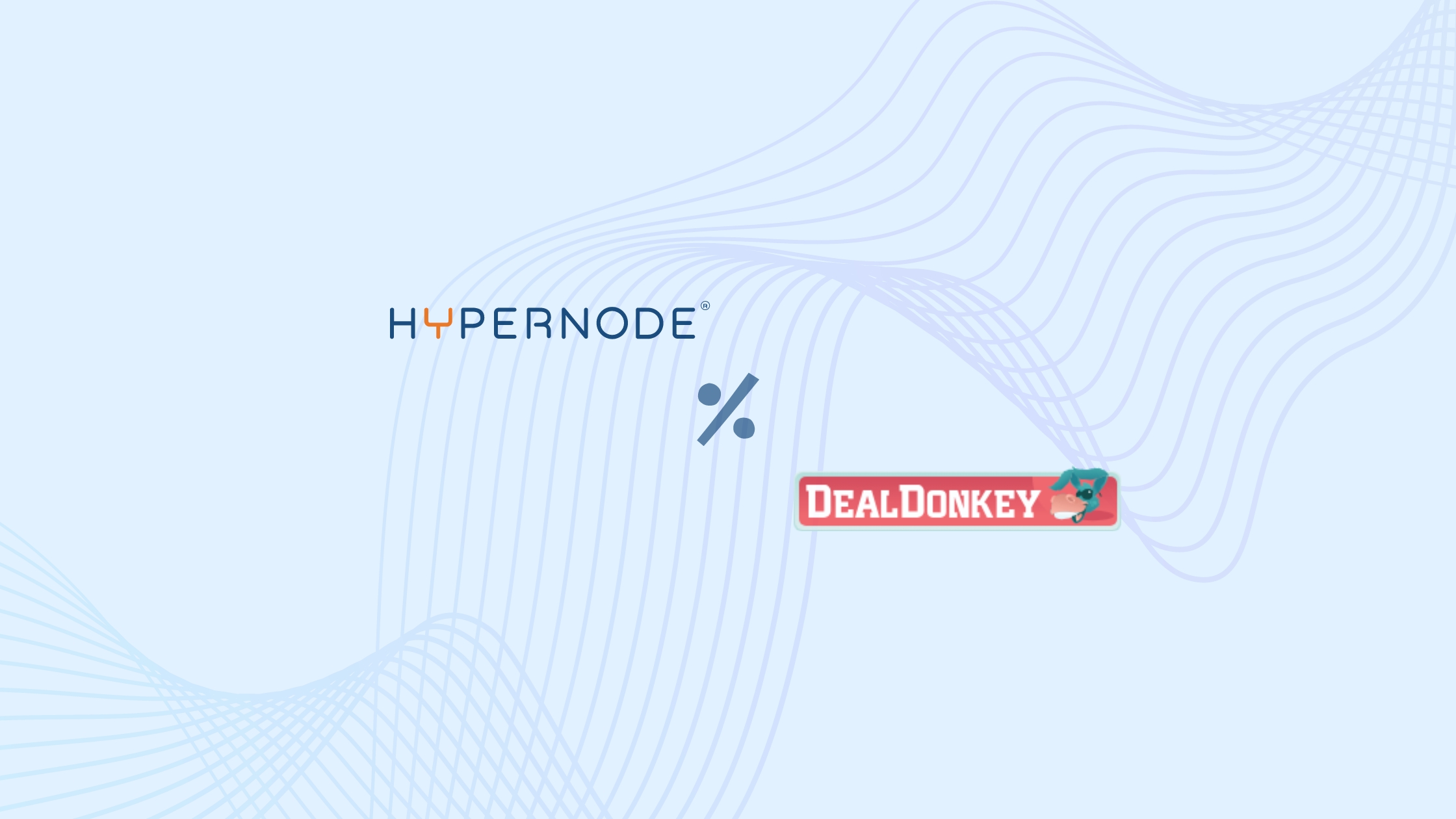Hypernode Certified agency Experius only sells and implements the products and services it truly believes in. They have been convinced about the PIM system Akeneo for a while. But why did they believe in Akeneo and what is the best solution for hosting this system? We interviewed Casper Verhorst, consultant at Experius, on Akeneo and the choice of Hypernode to get all the insights. Read the interview below.
Product Information Management (PIM) systems like Akeneo are crucial for gathering, managing and enhancing the product information in your webshop. An important task. What were your reasons for choosing Akeneo?
Casper Verhorst: “Akeneo is a very user-friendly PIM system, focused on the end user.
It offers flexibility when connecting to other systems and setting up your product/attribute structure. It also provides a low-entry solution (open source) and an advanced option (Enterprise). So Akeneo meets the bulk of all PIM requirements.”
What else should you pay attention to, when hosting Akeneo?
Casper: “PIM systems are complex and need a lot of resources. For example, to make the product data easy to manage and search, the system operates on Elasticsearch 6.x or 7.6 depending on the version of Akeneo you use. In addition, your media storage may fluctuate much, as you can upload multiple images and files per product. So the number of products won’t reach the full hosting package because you need extra space for the fluctuation, unless you host media separately. We use an AWS integration to make this scale automatically. Getting the most from a system like Akeneo takes a robust hosting infrastructure.”
You initially chose to host Akeneo yourselves. Why?
Casper: “We chose to host Akeneo ourselves because we were dealing with a fairly familiar set-up, running Elasticsearch. However, when a store needed to upgrade from Akeneo 2.3 to 3.2, we had to convert the PHP version manually. Not ideal when you’re used to the luxury of Hypernode (ed: for Magento stores), where you can do this with just one click within their Control Panel.
We also had a set-up with Apache. This can work really well and is actually an Akeneo System Requirement, but it makes the configuration just a little bit different from the set-up we’re used to for Magento stores.”
Last year, we made it possible for Akeneo to operate on a Hypernode too. You decided to move away from self-hosting and relocate the installations to Hypernode. Why?
Casper: “Teaming up with Hypernode was a pretty obvious decision. For many years we have been working with them on Magento 1 and 2 shops, so we knew precisely what we could expect.”
You can choose to operate your Magento and Akeneo environments on the same Hypernode or independently of each other. Experius consciously chose the latter. Why?
Casper: “This means we can stop a webshop going down because of a bulk edit. Bear in mind that the PHP version on which the Magento environment operates could deviate from the Elasticsearch version.
The most important reason, though, is that the PIM system cannot have performance impact on the Magento webshop. And no customer-related data is held on the Akeneo node. Also, you won’t always be connecting with Magento—it could, of course, be a different e-commerce platform. Or even Magento 1 for a data migration to Magento 2.”
What else have you done to set up the Hypernode?
Casper: “Setting up the Hypernode itself is a fairly simple matter since you guys supply a pre-configured Akeneo node. As soon as we get this, the integration can begin.
The connection we offer runs via the Magento 2 REST API. So if you send data via the API, all events are triggered. It’s just like saving a product via the Magento backend. You have to keep in mind that the product goes out of stock once the stock level is 0 or below.”
What is the biggest challenge with hosting Akeneo?
Casper: “The key challenge is, as ever, performance. You want to update product data as quickly as possible across all channels, including Magento of course. Loading data from Akeneo to fill a new Magento 2 webshop takes a while, but this can be optimized. We tackle this by using Async REST API. This enables data processing to happen in the background. Multiple periodic tasks can also be executed simultaneously.
If this is still too slow, we can even use Async Bulk REST API. This ensures that fewer requests to the Magento node are needed for data to be posted. So the focus is on data processing.
If you make all attributes translatable, or amendable per channel, you need to manage twice as much data. That would be a waste. So it’s important to get input on the set-up of the structure for product data.”
Curious about hosting Akeneo on Hypernode? For more information, please see our product page or contact us directly, so we can arrange an Akeneo pre-installation for you.
Would you like to learn more about Akeneo? Read our support documentation below.
- Choose the right Hypernode for your Akeneo PIM
- How to install Akeneo PIM on Hypernode
- How to use a basic staging environment with Akeneo
Hi! My name is Dion, Account Manager at Hypernode
Want to know more about Hypernode's Managed E-commerce Hosting? Schedule your online meeting.
schedule one-on-one meeting +31 (0) 648362102





